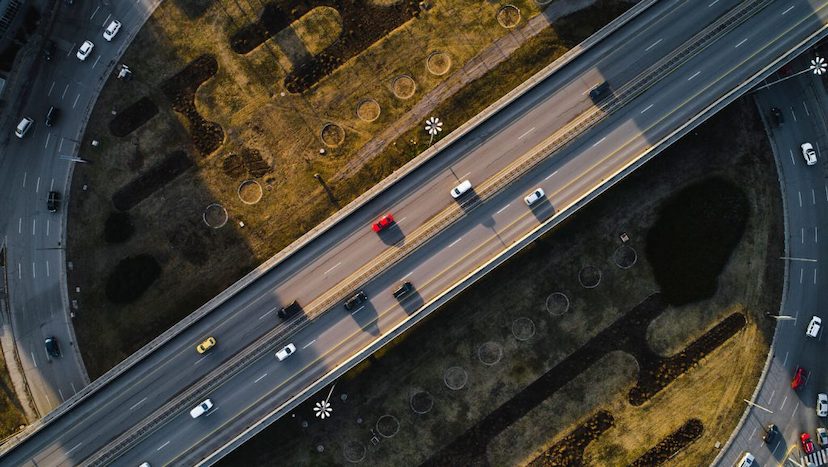Commuters Hit the Road as Some Workplaces Reopen
Oil Prices Are Up, Public Transportation Ridership Is Down
As some sectors of the economy gradually reopen, people are relying on their cars to get them to work. Public transit, once the primary transportation method for many city-dwellers around the world, has seen staggering decreases in ridership since the beginning of the coronavirus pandemic. This is largely because crowded rush hour trains make social distancing impossible.
Though some people are returning to work, they are not yet returning to trains and busses. They are driving instead. This is renewing the demand for oil, which just weeks ago saw futures plunge below $0 per barrel.
A Look Around the World
Data from Apple Maps (AAPL) shows that in cities across the globe, searches for driving directions are inching up more quickly than those for public transit directions. In Ottawa, Canada, Apple’s data shows that requests for driving directions have rebounded to 40% of pre-coronavirus levels, while public transit direction requests are still at 80% below levels seen before the pandemic.
The roads are even busier in Berlin, where mass transit ridership is down 61%—but requests for driving directions shows that the number of people traveling by car has increased to 28% below normal levels. In Madrid, public transit ridership is still down 87%, about the same as April, while driving is only at 68% below pre-pandemic levels.
In the US, states that have been quick to reopen, like Florida, are seeing gasoline sales increase quickly. The US overall saw fuel consumption increase by 400,000 barrels per day during the last week of April.
Protecting the Environment Post-Coronavirus
One upside of having fewer cars on the roads during shutdowns was a decline in carbon emissions. The International Energy Agency reported that lockdowns caused the largest reduction in carbon emissions ever recorded—an 8% drop.
Environmental activists worry that the low price of gasoline will mean people will now drive more. Additionally, an economic downturn could mean that fewer people are able to buy electric cars.
Alternatively, it’s possible that some of the habits formed during quarantine, like working from home, will become more permanent, which could help reduce carbon levels. Additionally, people traveling in the months ahead may opt to drive instead of fly, both for financial reasons and because of public health concerns. This could also result in carbon emissions staying lower.
Please understand that this information provided is general in nature and shouldn’t be construed as a recommendation or solicitation of any products offered by SoFi’s affiliates and subsidiaries. In addition, this information is by no means meant to provide investment or financial advice, nor is it intended to serve as the basis for any investment decision or recommendation to buy or sell any asset. Keep in mind that investing involves risk, and past performance of an asset never guarantees future results or returns. It’s important for investors to consider their specific financial needs, goals, and risk profile before making an investment decision.
The information and analysis provided through hyperlinks to third party websites, while believed to be accurate, cannot be guaranteed by SoFi. These links are provided for informational purposes and should not be viewed as an endorsement. No brands or products mentioned are affiliated with SoFi, nor do they endorse or sponsor this content.
Communication of SoFi Wealth LLC an SEC Registered Investment Advisor
SoFi isn’t recommending and is not affiliated with the brands or companies displayed. Brands displayed neither endorse or sponsor this article. Third party trademarks and service marks referenced are property of their respective owners.
SOSS51203



